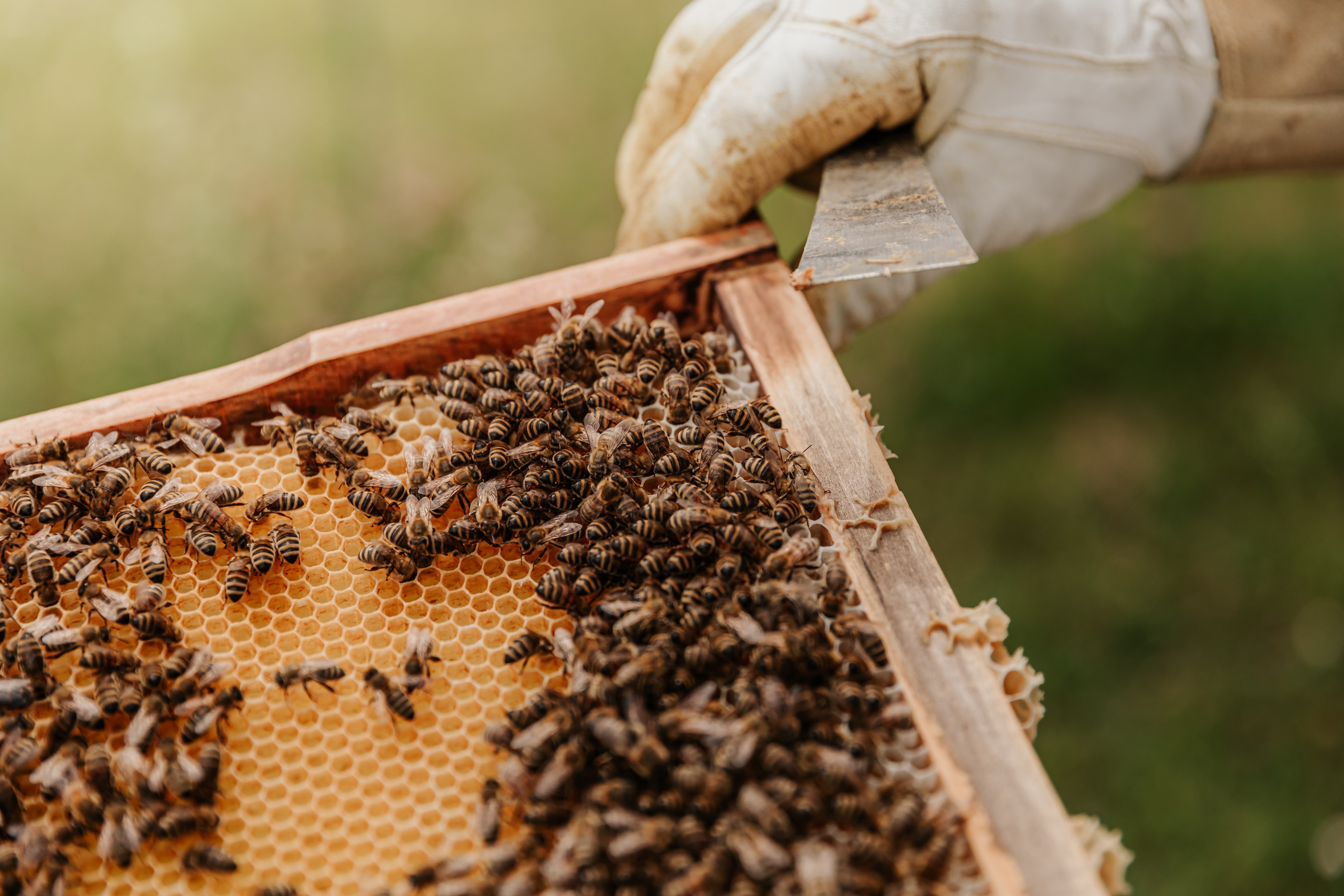Media release
From:
Honey Bee Cluster – not insulation but stressful heat sink
Journal of the Royal Society Interface
Since 1914, the outer layers (mantle) of honey bees (Apis mellifera) in the winter cluster have been said to insulate the cluster core and enabled clustering to be deemed innocuous. It's used as justification to force clustering, for commercial reasons, in hives with a thermal performance many times less than bees have in nature, and, in North America, refrigeration. We show that instead of insulation, the mantle is a heat sink, part of a natural existential threat reaction and that forced clustering results in avoidable, increased cold and exertion stress. If honeybees were vertebrates, this would be regarded as cruel.



 International
International



